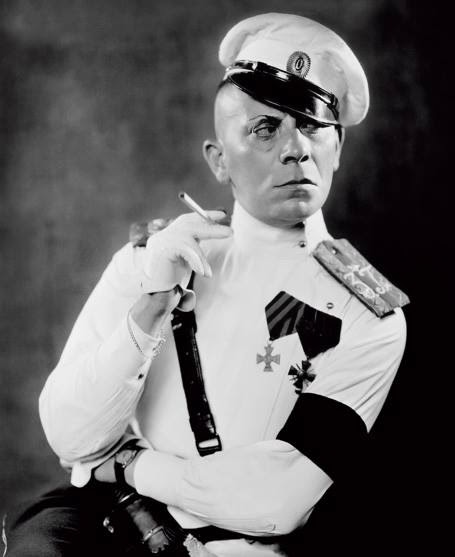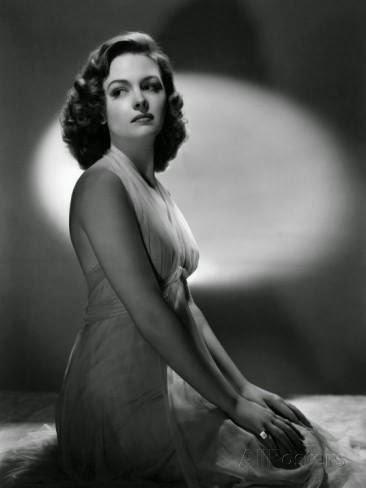 |
| The gang gets spooky. Sort of... |
Granted, Abbott and Costello Meet Frankenstein (1948) is not categorically a horror film. However, it is a comic horror spoof of fantastically entertaining proportions. The A&C style of WWII spawned humor is the same as in all of their other films (Hold That Ghost, Buck Privates), with Bud Abbott playing the irritable straight man who is somehow always duped by the adorably idiotic Lou Costello. This time, the wrench in their plans for holiday romance-- with two beautiful women who are, of course, both in love with Lou's character-- is perfectly monstrous. Banking on the continuing success of Universal's monster pictures, the boys find themselves stuck in a diabolical plot involving The Wolf Man, Frankenstein's Monster, and Dracula. This, my friends, is the good stuff.
The cast is what makes the film so exquisite-- a truly iconic moment in history. Bela Lugosi gamely put on his Dracula cape for the fist time since his appearance the groundbreaking 1931 classic to play this caper's mastermind, and he performed with the same sinister charm this time while cleverly adding a humorous wink. Lon Chaney, Jr. is back as the Wolf Man, who with his usual overwhelming depression tries to help the good guys out, but is reluctantly mutated every full moon into one of their worst enemies. Sadly, Boris Karloff didn't sign on to play the Monster, whose overly large shoes were instead filled by Glenn Strange. (Boris would regret his not so tactical business decision when it didn't pay off and would go on to join Bud and Lou in both The Killer and Dr. Jekyll and Mr. Hyde). Even Vincent Price made a cameo of sorts, tough purely vocal, as the Invisible Man. Of course, holding it all together is the ridiculous chemistry of the two leads, whose series of bumbling mistakes somehow foil a plot contrived by the greatest villains in the history of the world. I Heart This.


















